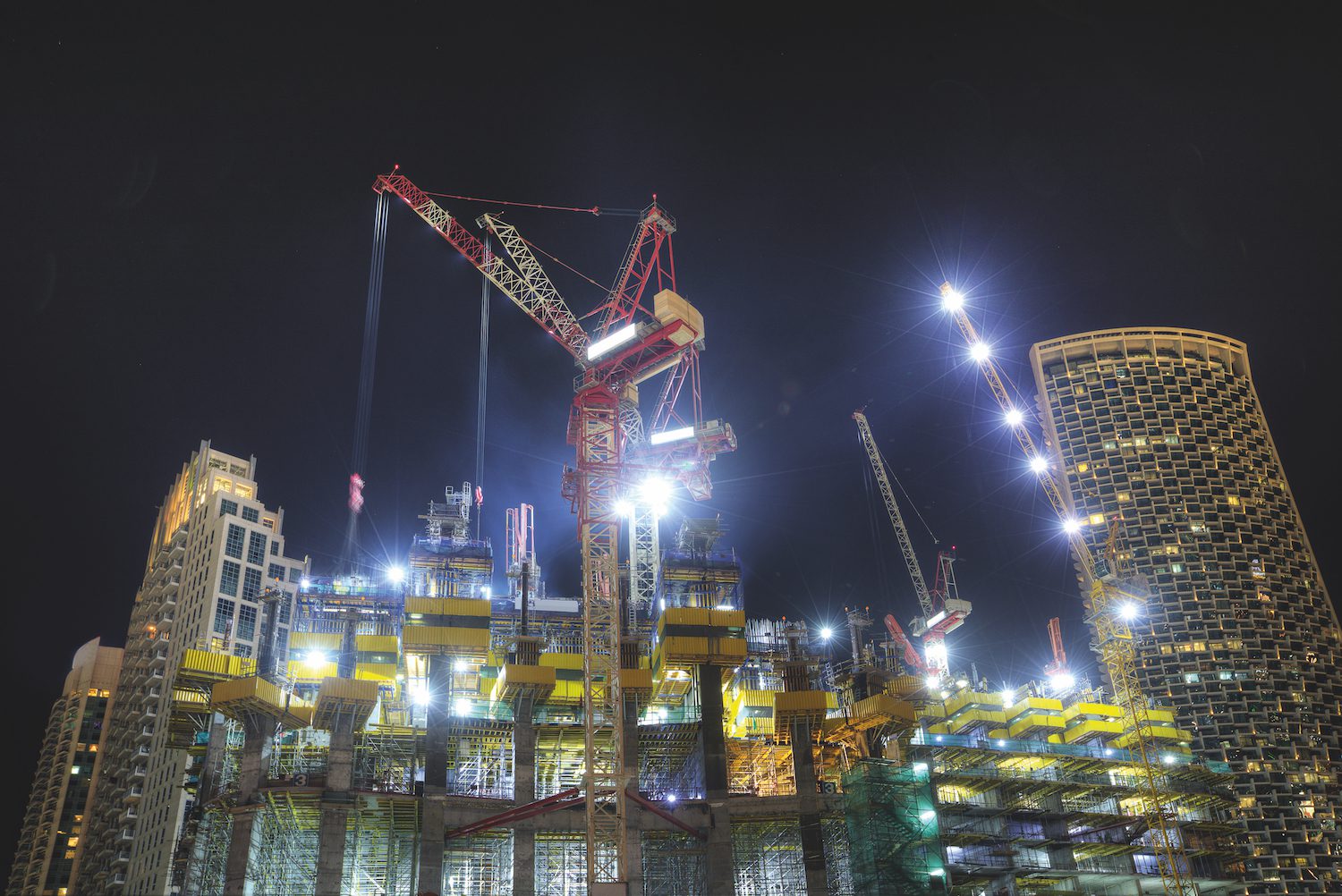Importance of adequate lighting on construction sites
Adequate illumination on construction sites ensures the safety and health of employees,
enables workers to detect and avoid hazards more easily and swiftly, increases productivity
and efficiency, deters unwanted visitors or trespassers, and contributes to the quality of the
work.
In addition, it can be used to perform work at night, particularly when daylight is insufficient
to complete the task or when construction activities, such as concrete pouring, must be
performed at night due to high ambient temperature.
Why is sufficient illumination crucial for nighttime construction?
1. Proper lighting is crucial for ensuring worker safety, productivity, and the quality of
the work.
2. Construction locations are continually evolving. As there are no permanent escape
routes on construction sites, adequate illumination is essential for emergency
evacuation situations.
3. Throughout the project lifecycle, construction materials and portable equipment are
moved from one location to another. Unless adequate lighting is installed, there will
always be a danger of injury during the evacuation process.
4. Sufficient illumination will aid in completing the project by the due date.
5. Certain construction duties, such as unloading construction materials and pouring
concrete, can be performed at night. However, sometimes it is necessary to pour
concrete at night due to sweltering weather conditions.
6. For the safe transit of vehicles within a construction site, adequate lighting is
essential. In addition, it reduces or eliminates pedestrian and vehicle collisions.
How to Plan Lighting for a Construction Site?
1. A few hours spent planning the arrangement of lights can save countless hours,
prevent employees from waiting to move, reduce the need for auxiliary lighting on
construction sites, and increase productivity.
2. Throughout the construction process, lighting is not fixed, so an appropriate plan
should be developed to relocate lighting equipment at different construction stages.
3. The effects of illumination on nearby inhabitants and fauna must be considered. It
should not alter the colour or visibility of safety signs.
4. Drawing a scaled layout of the construction site and determining the categories of
work, location of equipment, and workers required to install adequate lighting and
ensure the power supply could constitute planning.
5. Lastly, evaluate the lighting value based on the quantity of light per square foot
(foot-candle) or lux (lx) in metric.
6. American Traffic Safety Services Association (ATSSA) defines a foot-candle as an
illumination unit equal to one lumen per square foot (1 foot-candle = 10.764 lux).
Overall, adequate lighting on construction sites plays a vital role in ensuring worker safety,
preventing accidents, enhancing productivity, maintaining quality control, and meeting
regulatory standards. It is an essential aspect of construction site management that should
not be overlooked.
Disclaimer: This content is provided solely for your review. Erusu Consultants takes no liability for this article. The reader is advised to form their own opinion. Please consult a Structural Engineer before making any final decisions.






